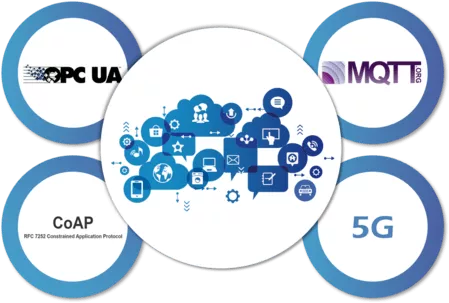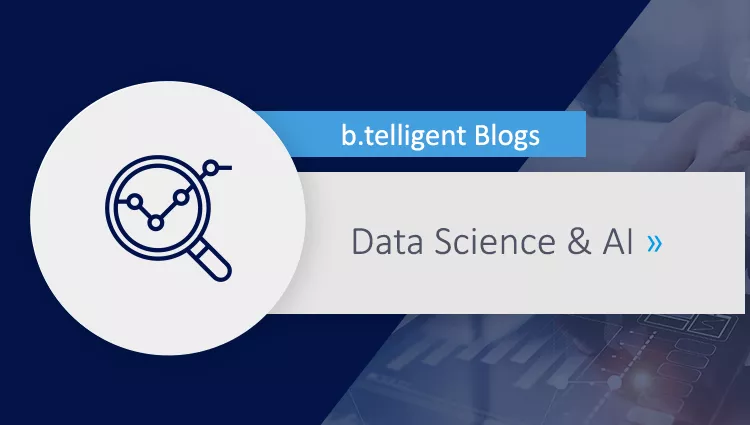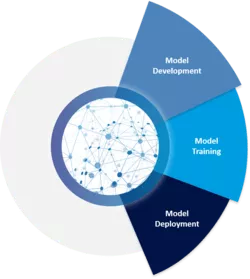Digital transformation in the Internet of Things (IoT) poses a major challenge to many companies. The IoT adoption framework supports transformation through a structured and technologically independent approach.
The Internet of Things can be considered as a highly dynamic, networked system consisting of a large number of smart objects. It represents the integration of physical, electronic devices into networks. These IoT devices can thus independently communicate with each other via the Internet, exchange data and thereby perform tasks intelligently. The Internet of Things is used in households as well as industrial environments.
Digital transformation in the Internet of Things
Digital transformation is now at the centre of many business models. Nonetheless, companies apparently still have problems implementing it. This is also confirmed by a report titled "How to beat the odds on your IoT project" by Software AG and showing, among other things, why IoT projects fail. One of the areas where transformation is progressing most slowly is the Internet of Things (IoT), even though 21.7 billion connected devices are now in use worldwide. The consequence of this imbalance: Pressure on successful implementation of IoT projects continues to grow. To help companies implement such projects, we have developed a six-phase IoT adoption framework:

Phase 1: Business objectives – think big, start small, move fast
The IoT adoption framework is based on identifying a business problem and then developing an appropriate solution strategy. Also defined in this first phase are general conditions for individual aspects of the framework. it is important to conceive a reference architecture showing the path from business problem to business application. The architecture does not have to be operational from the start, but must be defined and flexible enough to grow with the adoption framework's individual phases.
Phase 2: Connectivity – stay connected!
An ever-increasing number of connected devices and rapidly changing connectivity standards has made networking a central aspect in any IoT project. It must be flexible and scalable to meet the requirements for a variety of present and future IoT use cases and device types. The most common communication standards in industry are OPC unified architecture (OPC UA), message queuing telemetry transport (MQTT) and constrained application protocol (CoAP). Expansion of 5G connectivity is making this area more important yet. Different levels of authentication and security covered by built-in encryption and global identity management are also important aspects at this stage.

Phase 3: Enablement Platform – stay close!
The third phase focuses on interoperability of different communication standards. It is necessary to ensure compatibility between standards, whether widely used, emergent, or old, as well as end-to-end connectivity. In conjunction with the industrial IoT, it is common for companies here to interconnect their systems using solutions such as those of Kepware, DeviceWISE, and many more. Another important point is the provision of edge services and computing. This creates the foundation for all applications which interconnect devices, products and processes.
Phase 4: Cloud computing – crucial fuel for the growth of IoT!
Cloud computing is a key driver of the growth of the Internet of Things. A report published by McKinsey again emphasizes the different functionalities for security and analytics which have arisen as a result. This phase is driven by technical partnerships between companies and cloud providers. Within the cloud, the focus is on data processing, storage, and management, as well as providing tools and services for the subsequent phases 5 and 6.
Phase 5: Data analytics – drive pervasive outcomes!
Data analytics continues to move into the foreground as enterprises try to extract more value from their IoT. In the data analytics phase, capabilities available within the cloud, as well as machine learning (ML) and artificial intelligence (AI) are used to analyze data and develop models for solving the problem at hand. Furthermore, models are trained and evaluated for operationalization. Besides being used in the cloud environment, models can also be containerized and deployed on edge devices to enable device-proximate analysis and action.
Phase 6: Business application – get more out of your data
Finally, each IoT project also consists of a business application. This includes customer-side or device-side functionalities which use insights to add value. One of the main tasks of the application is to enable monitoring and ensure operation of deployed models.
Also deserving mention in the end is classic business intelligence (BI) which generates recommendations for action and visualizations on the basis of data from different areas such as logistics, supply chain and production.
Want to get started with your next IoT project? In our next article you can determine your maturity level within our IoT Adoption Framework!










